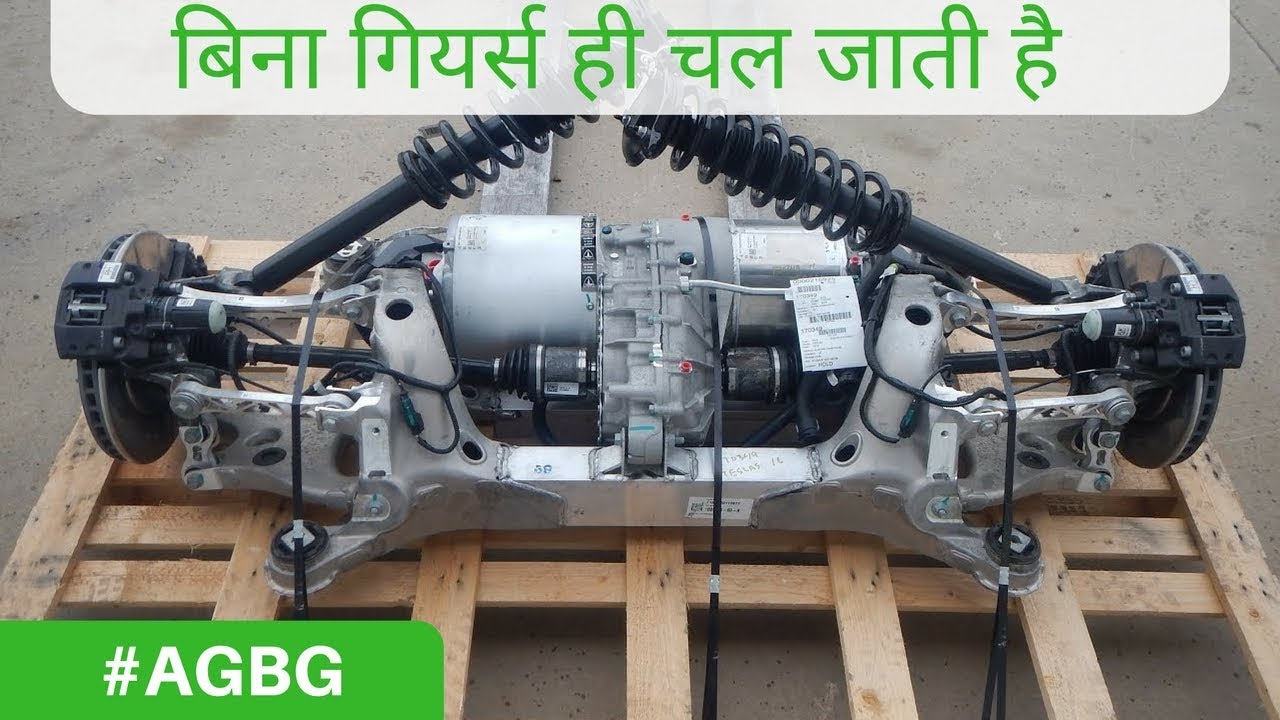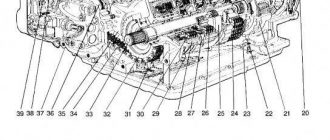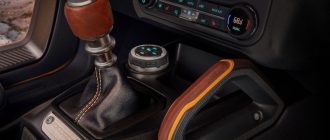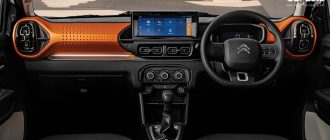- Electric Cars: No Transmission Required
- Why Don’t Electric Cars Need Transmissions?
- Advantages of No Transmission
- Improved Efficiency:
- Reduced Maintenance:
- Simplified Design:
- Increased Interior Space:
- Disadvantages of No Transmission
- Limited Top Speed:
- Reduced Towing Capacity:
- Types of Electric Motors Used in EVs
- DC Motors:
- AC Motors:
- The Future of Electric Cars
- Conclusion
Electric Cars: No Transmission Required
Electric vehicles (EVs) are becoming increasingly popular as the world moves towards a more sustainable future. One of the key differences between EVs and gasoline-powered vehicles is that EVs do not have a transmission. This is because electric motors produce torque instantly, eliminating the need for a transmission to change gears.
Why Don’t Electric Cars Need Transmissions?
The main purpose of a transmission in a gasoline-powered vehicle is to change gears. This is necessary because gasoline engines produce power at different speeds depending on the engine’s revolutions per minute (RPM). In order to maintain optimal performance, the transmission changes gears to keep the engine operating within its most efficient RPM range.
Electric motors, on the other hand, produce torque instantly and over a wide RPM range. This means that an EV can accelerate smoothly from a standstill without needing to change gears. As a result, EVs do not need transmissions.
Advantages of No Transmission
The elimination of the transmission in EVs offers several advantages, including:
*
Improved Efficiency:
Transmissions can lose up to 20% of an engine’s power through friction and other inefficiencies. By eliminating the transmission, EVs can improve their efficiency and extend their range.
*
Reduced Maintenance:
Transmissions require regular maintenance, such as fluid changes and clutch replacements. By eliminating the transmission, EVs can reduce maintenance costs and downtime.
*
Simplified Design:
The elimination of the transmission simplifies the design of EVs, making them easier to manufacture and assemble.
*
Increased Interior Space:
The space formerly occupied by the transmission can be used to increase interior space in EVs, making them more comfortable and practical.
Disadvantages of No Transmission
While there are many advantages to not having a transmission, there are also a few disadvantages:
*
Limited Top Speed:
Without a transmission, EVs can have a limited top speed. This is because electric motors have a maximum RPM, and without a transmission to change gears, they cannot accelerate beyond that RPM.
*
Reduced Towing Capacity:
Transmissions provide a mechanical advantage that allows gasoline-powered vehicles to tow heavy loads. Without a transmission, EVs have a reduced towing capacity.
Types of Electric Motors Used in EVs
There are two main types of electric motors used in EVs:
*
DC Motors:
DC motors are the simplest type of electric motor and are used in many small EVs, such as golf carts and electric bicycles. DC motors are less efficient than AC motors but are also less expensive to manufacture.
*
AC Motors:
AC motors are more efficient than DC motors and are used in most larger EVs, such as cars and trucks. AC motors are more expensive to manufacture than DC motors but provide better performance and efficiency.
The Future of Electric Cars
The future of electric cars is bright. As battery technology improves and charging infrastructure becomes more widespread, EVs will become more affordable, more efficient, and more popular. The elimination of the transmission is just one of the many advantages that EVs offer over gasoline-powered vehicles. As EVs continue to evolve, we can expect to see even more innovation and advancements in this exciting new technology.
Conclusion
Electric cars do not have transmissions because electric motors produce torque instantly and over a wide RPM range. This eliminates the need for a transmission to change gears, resulting in improved efficiency, reduced maintenance, and a simplified design. While there are some disadvantages to not having a transmission, such as limited top speed and reduced towing capacity, the advantages far outweigh the disadvantages. As the technology continues to evolve, we can expect to see even more innovation and advancements in electric vehicles.






